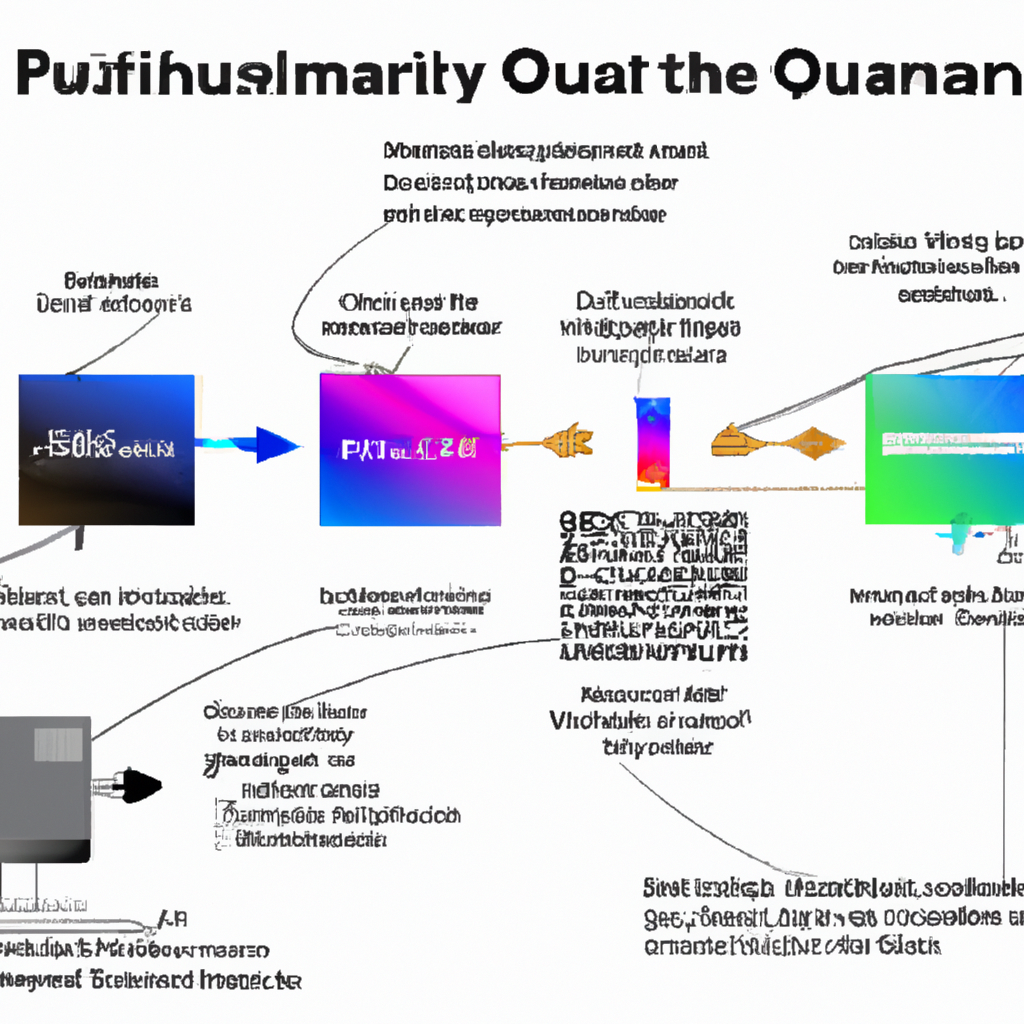The invention of the microprocessor stands as one of the most significant technological advancements in modern history, drastically altering the landscape of technology and its applications. From its inception in the early 1970s to its pervasive presence in 2025, microprocessors have catalyzed the evolution of countless devices and systems, becoming the heartbeat of the digital age.
Originally developed to reduce the size and cost of computers by integrating all CPU functions onto a single chip, microprocessors have expanded their reach far beyond initial expectations. Today, they are integral to everything from the smallest embedded systems and smartphones to the largest data centers and supercomputers.
The journey of microprocessor development began with Intel’s 4004 chip in 1971. It was the world’s first commercially available microprocessor, and it revolutionized the design and efficiency of consumer electronics. The simplicity and flexibility of the 4004 laid the groundwork for the rapid expansion of the digital revolution.
As we progressed through the decades, the demand for more processing power and efficiency led to significant technological advancements. By the 1980s, the introduction of 32-bit microprocessors marked a substantial increase in computational power, enabling the development of high-end computing systems and complex software applications.
The turn of the millennium saw the advent of multi-core processors, which further pushed the boundaries of what microprocessors could achieve. These multi-core processors enabled devices to perform multiple tasks simultaneously, significantly improving performance and efficiency.
In 2025, we stand on the brink of another major shift with the development of quantum microprocessors. These processors promise exponential increases in processing power, potentially unlocking new capabilities in artificial intelligence, cryptography, and scientific computing.
The impact of microprocessors extends beyond just technological capabilities. They have also been pivotal in the economic growth seen in tech industries, influencing job markets, education, and even social interactions.
As we look toward the future, the evolution of microprocessors continues to promise exciting new developments. With advancements in nanotechnology and quantum computing, the next generation of microprocessors will likely redefine what is technologically possible, continuing to impact various sectors including healthcare, finance, and beyond.
Understanding the history and ongoing development of microprocessors not only highlights the rapid pace of technological change but also helps us anticipate future trends in the ever-evolving tech landscape.






